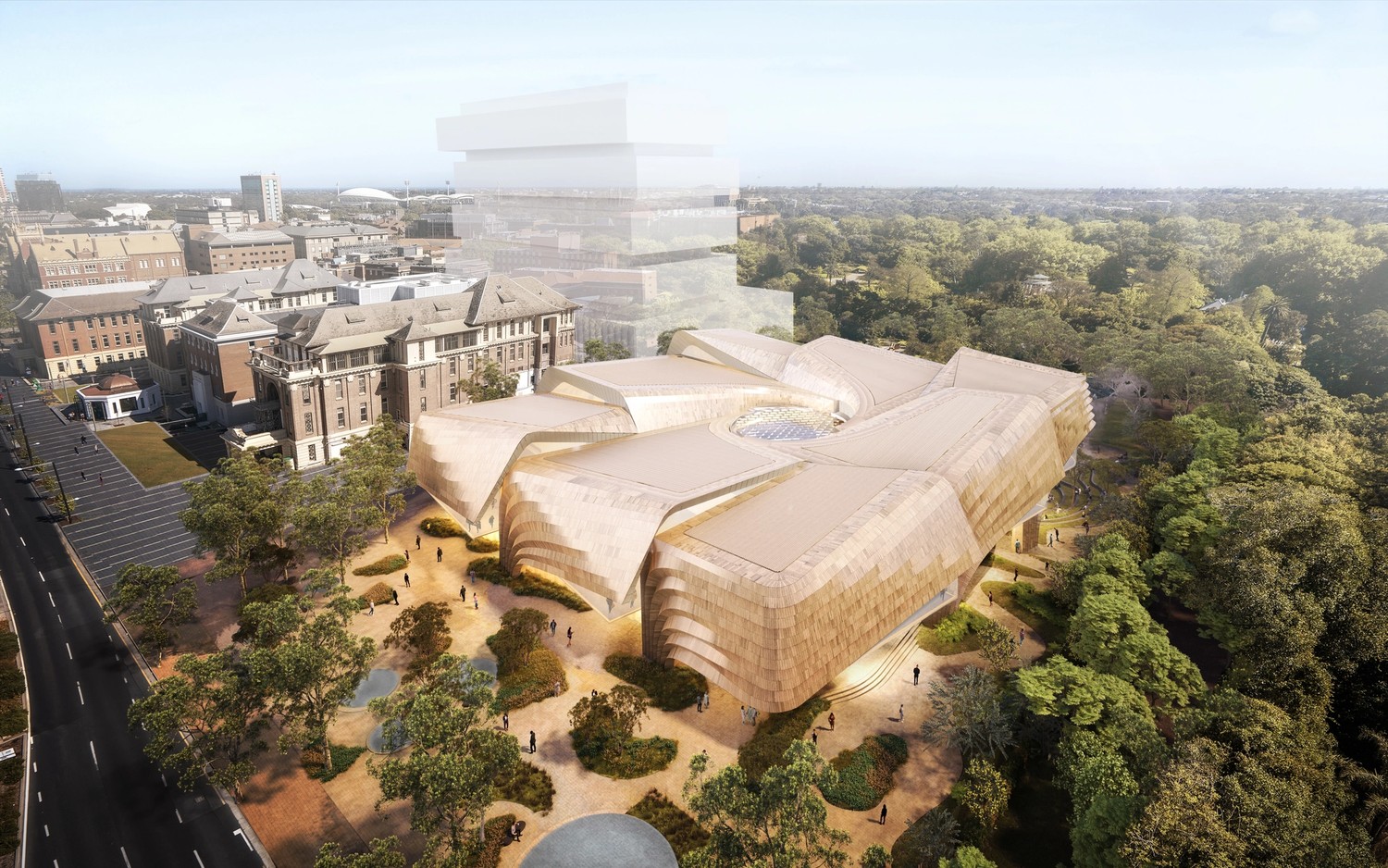Last week, the former Australian Dance Theatre AD, Garry Stewart introduced us to his new role as a Professor of Creative Arts at Flinders Uni in Adelaide. As such, he chaired a Zoom in which Charles Renfro, Partner at the NY design studio, Diller Scofidio + Renfro (DS+R), introduced himself to Australia as the lead designer for Tarrkarri, the new centre for First Nations culture in Adelaide.
DS+R is an impressive mob. ‘Founded in 1981 it is a design studio whose practice spans the fields of architecture, urban design, installation art, multi-media performance, digital media, and print. With a focus on cultural and civic projects, DS+R’s work addresses the changing role of institutions and the future of cities. The studio is comprised of over 100 architects, designers, artists and researchers, led by four partners—Elizabeth Diller, Ricardo Scofidio, Charles Renfro and Benjamin Gilmartin.
Most famously, DS+R was responsible for not only the transformation of the once-railway line – The High Line – into an elongated park, but also for using it to produce the ‘Mile-Long Opera’ with a thousand voice along it.
‘DS+R’s cross-genre work has been hailed on TIME’s “100 Most Influential People” list and awarded the first grant in the field of architecture by the prestigious MacArthur Foundation, which identified Diller and Scofidio as “architects who have created an alternative form of architectural practice that unites design, performance, and electronic media with cultural and architectural theory and criticism. Their work explores how space functions in our culture and illustrates that architecture, when understood as the physical manifestation of social relationships, is everywhere, not just in buildings.”
‘Charles Renfro joined DS+R in 1997 and became a Partner in 2004. He led the design and construction of the studio’s first concert hall outside the US – The Tianjin Juilliard School in China – as well as the studio’s first public park outside the US – Zaryadye Park in Moscow. Charles is also leading the design of two projects in his native Texas: the renovation of Frank Lloyd Wright’s Kalita Humphreys Theater in Dallas, and Sarofim Hall, a new home for Rice University’s Visual Arts department in Houston. Charles is the Co-President of BOFFO, a nonprofit organization that supports the work of queer LGBTQ+ BIPOC artists and designers, and has twice been recognized on the Out100 list’.
Strangely, there’s no mention of Tarrkarri in his credits, though the imagined building is the last on DS+R’s massive list of attainments since 1981 – dated to complete in 2025.
The only example of the firm’s work in Australia so far is the Susan Wakil Health Building at the University of Sydney. It was designed as an extension of the landscape, embodying the University’s Wingara Mura principles. Gadigal Ground as an interpretation of the cycle of healing, stirring the body, mind and soul to reflect the Gadigal people’s approach to healing through the engagement of all the human senses. The design celebrates the site’s origins as an Indigenous meeting hub. Its shaded gardens, terraces, ledges and paths will extend the spaces of learning, reflection, and social exchange into the outdoors.
Which all has parallels with their plans for Tarrkarri.
For Renfro constantly emphasised on the Zoom that his work is “a response to the Aboriginal Reference Group, whose constant feedback is invaluable. It’s only through them we can achieve a malleable building that reflects the Kaurna symbolism of the site and allows a past, the present and a future to emerge. It must be anchored on the land – with a traditional front door on North Terrace (Adelaide’s cultural avenue) but the real front door on the Botanic Gardens side leading in through ceremonies that emerge from the landscape. The galleries will be on the top floor, but all spaces commune with the central story-telling space”.
Tarrkarri’s Assistant Director, Leanne Tjunipa Buckskin echoed Renfro: “The building tells a story, holding the collective memory through a building and its collection. The stories will be of the ingenuity of the ancestors and their resilience, achieving reconciliation and truth-telling. And Charles’s genius is in bringing diverse people together, having the experience of knowing how to escape from the stigma of growing up gay in Texas!”.
All very positive, but no mention of any consequences from the change of government in South Australia. And no mention either of Woods Bagot, the local architects supporting New York-base DS+R




